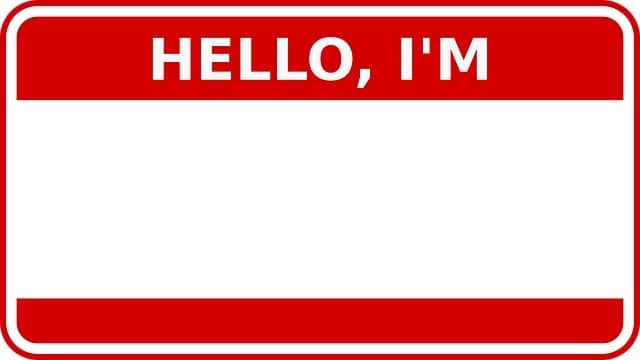What is Piggy’s real name in the book? William Golding’s “Lord of the Flies” is a classic novel exploring the darker side of human nature through the experiences of a group of young boys stranded on a deserted island. One of the most memorable characters in the book is Piggy, a boy who is constantly bullied by the other boys and whose glasses are used to start fires.
What is Piggy’s real name in the book? (Answer)
Throughout the novel, he is always called Piggy. Although several biographical details about him are revealed – he lives with his aunt who owns a candy store, his father is dead, and he suffers from asthma – his real name is never revealed.
While some readers might be curious about Piggy’s real name, it is essential to understand that Golding’s decision not to reveal it is intentional. By denying Piggy a proper name, Golding emphasizes his status as an outcast and highlights the boys’ cruelty towards him.
Piggy’s lack of a proper name also underscores the novel’s larger themes of the breakdown of societal norms and the loss of individual identity. As the boys descend into savagery, their sense of individuality disappears, and they become indistinguishable from one another. In this context, Piggy’s namelessness is a poignant reminder of the boys’ descent into darkness.
Is Piggy’s real name Peterkin?
Peterkin is his given name, but he is better known as Piggy throughout the book Lord of the Flies.
Why is Piggy’s name Piggy in Lord of the Flies?
Piggy’s name in Lord of the Flies symbolizes the dehumanization and cruelty that emerges in the boys’ society. It represents their primal instinct to hunt and kill, as they refer to him as “Piggy” because it relates to their overwhelming desire to “kill the pig.” This diminishes Piggy’s individuality and highlights the boys’ descent into savagery and loss of empathy.
What were Piggy’s last words?
Piggy’s last words were, “Which is better, law and rescue, or hunting and breaking things up?” This question reflects Piggy’s unwavering belief in the importance of civilization, order, and the rule of law. Even in his final moments, he continues to advocate for reason and rationality over violence and chaos.
Why are we not given Ralph and Piggy’s names at first?
Ralph and Piggy’s names are not initially given in Lord of the Flies to allow readers to form their own interpretations and judgments about the characters. By withholding their names, the author invites readers to make inferences based on their actions, dialogue, and physical descriptions. This technique adds depth to the characters’ development and prompts readers to actively engage with the story.
How do we know Piggy didn’t want to vote for Ralph?
We can infer that Piggy didn’t want to vote for Ralph because he hesitantly put his hand up during the election. This hesitation suggests that Piggy may have had reservations or uncertainties about choosing Ralph as the leader.
Conclusion
In conclusion, while Piggy’s real name is never revealed in “Lord of the Flies,” this deliberate omission underscores the novel’s themes of societal breakdown and loss of individuality. Piggies namelessness is a powerful statement about the perils of mob psychology and the importance of maintaining individual identity in the face of social chaos.
